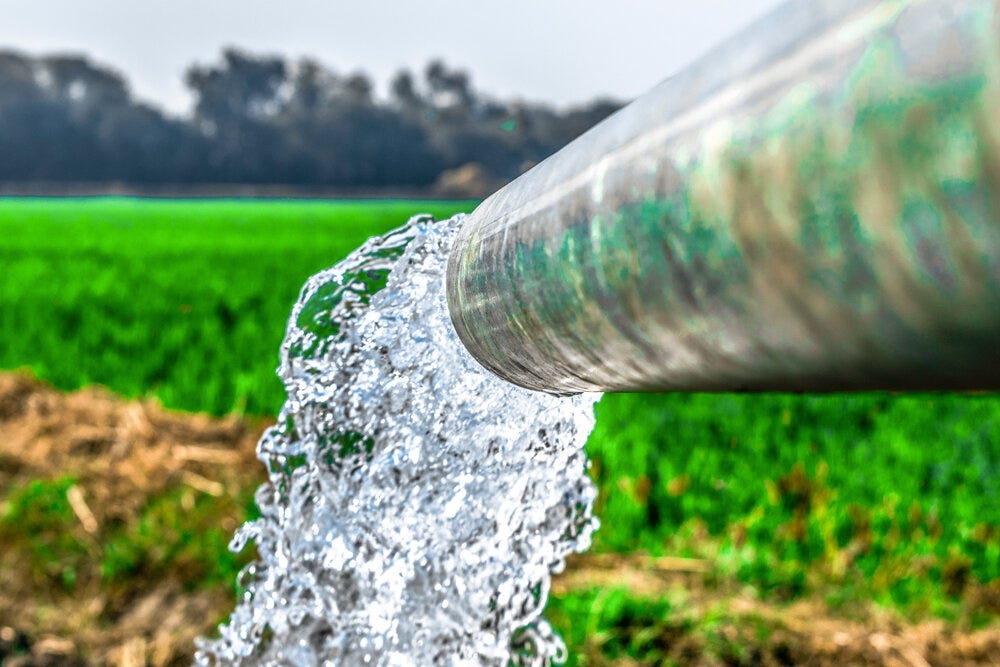Water scarcity threatens Indian cotton farmers, but solutions emerge
India, the world's second-largest cotton producer, faces a water crisis. Hotter summers, unpredictable monsoon rains, and low reservoir levels threaten crops. Conventional cotton farming is a major water guzzler. However, there's hope. Sustainable practices are empowering farmers. Drip irrigation, for example, uses far less water. Educational programs teach farmers about water management and optimal planting times.
Technology is another weapon. Mobile apps help identify areas for water conservation and design rainwater harvesting structures. Sensor data provides real-time insights, allowing for informed decision-making.
The results are promising. CottonConnect reports a 21.6 per cent reduction in water usage by farmers adopting these methods across India, Pakistan, and other cotton-growing countries.
The future requires collaboration. Farmers, communities, NGOs, and governments all have a role to play. A holistic approach that tackles irrigation, drinking water, and rainwater harvesting is needed. Educating young people and empowering farmers are crucial.
By fostering a community-wide vision for water conservation, promoting water-saving practices, and establishing long-term partner. By combining innovative technologies with sustainable practices and collaborative efforts, India's cotton industry can secure a greener future, not just for the environment but for the millions who depend on it.

